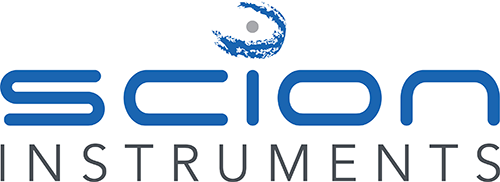Technical NotesPipettes are an essential tool in laboratories which are used to transfer volumes of liquid from one vessel to another. They can be made from glass or plastic and can be manual or electronic. Following these best practice techniques this will lead to reliable results which you can be confident in.
Technical NotesHeadspace is a versatile technique which allows for the analysis of volatile analytes in sample matrices which may be unsuitable to be directly injected into a GC or will require complicated sample preparation to make suitable. Sample preparation can be time consuming, require large volumes of expensive solvents and may introduce contamination into your sample.
Technical NotesQuEChERS is an acronym which stands for Quick, Easy, Cheap, Effective, Rugged and Safe. It is a very popular sample SPE (solid phase extraction) preparation technique which can be used for a number of sample matrices and analytes for example analysis of residual pesticides in fruits and vegetables. QuEChERS are a highly efficient, cost effective and versatile technique which can
Technical NotesPulsed Flame Photometric Detector (PFPD), has a photomultiplier which looks at a flame within the detector. The signal is acquired from changes in colour of the flame. Each element has its own emission wavelength or colour (fluorescence). Band Pass Optical Filters are used to control which element is measured by filtering out light from other sources. The light from elemental
Technical NotesThe Electron Capture Detector (ECD) was invented by James Lovelock and specifically designed to detect electrophilic compounds. The detector captures electrons from a radioactive source when electronegative analytes pass through. This gives high sensitivity, in the picogram range, for halogenated and other electron absorbing compounds.
Customer TestimonialWe were thrilled to host a recent training session for the Government Chemist Laboratory Authority (GCLA) of Tanzania—an event that not only delivered knowledge but fostered confidence and connection.
Technical NotesLearn how to prepare your sample for analysis by GC-MS, and select the correct GC column for your sample.
Technical NotesThe frequency of the FID maintenance is dependent upon the sample matrix and application your laboratory is conducting. Read this technical note to learn how to correctly maintain your flame ionization detector (FID).
On-line TrainingWe understand that every laboratory is different, that’s why we offer custom training sessions designed around your team’s specific analytical needs.
On-line TrainingIntroducing a new series of on-line training sessions developed and delivered by our expert Applications Team. These sessions are designed to provide practical insight into gas chromatography (GC), and GC-MS related issues ranging from basics to more advanced applications – supporting your laboratory to achieve success ! Sign up now - or if you have specific needs, learn more about
